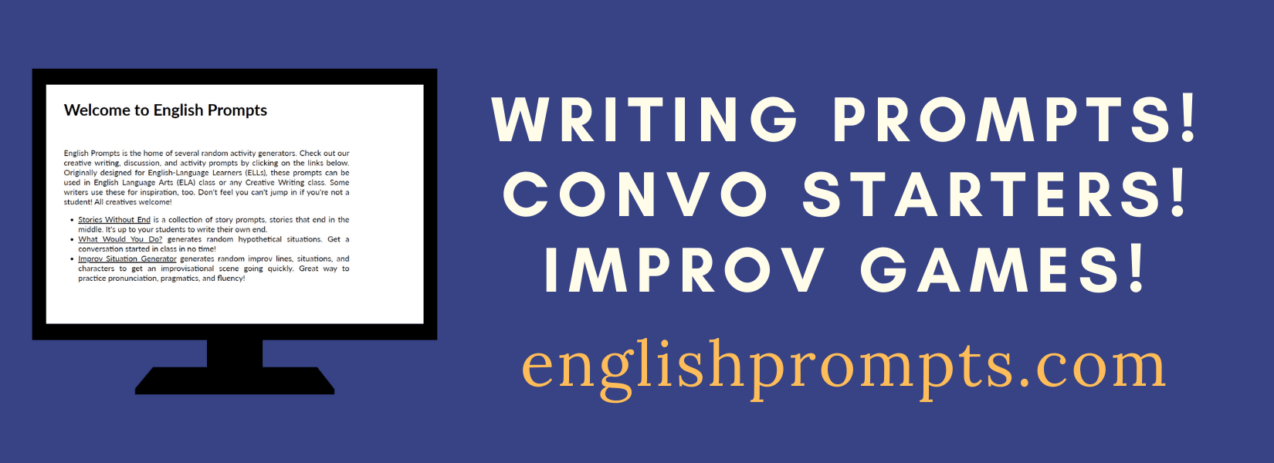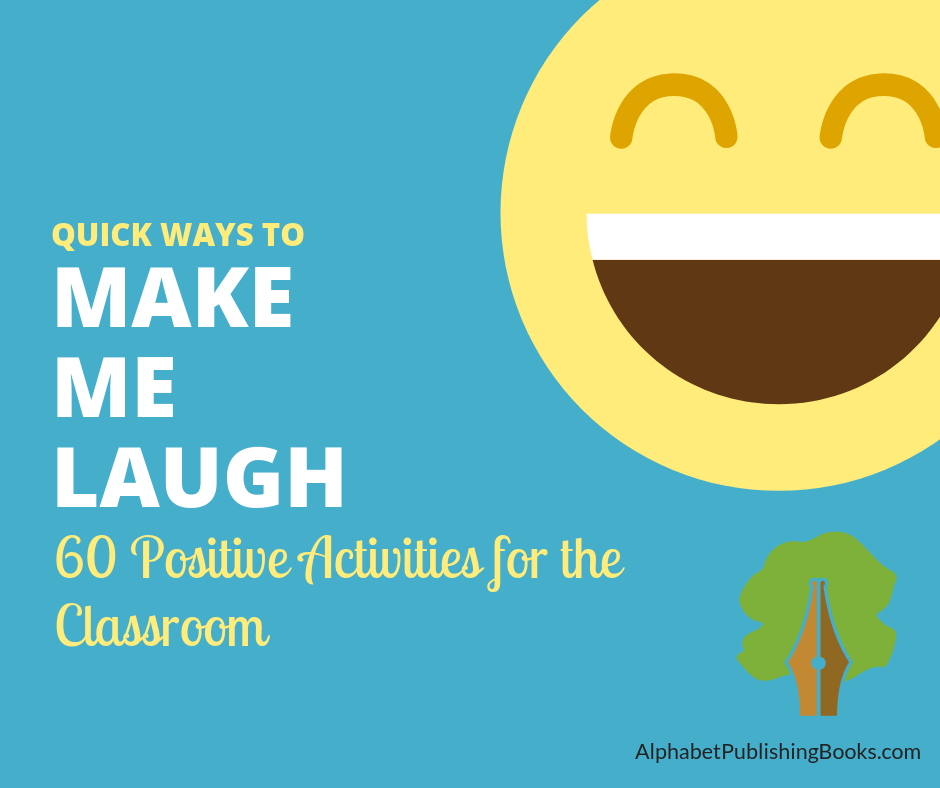I can’t tell you how many times I’ve had students tell me that they don’t know how to be creative. They think creativity is a talent that you are born with or not. While it’s […]

How to do Social-Emotional Learning Prompts for ESL
Sometimes the best classroom activities come out of the simplest things. Case in point, these Social-Emotional Learning prompts for ESL students created by Teresa X. Nguyen and illustrated by Tyler Hoang and Nathaniel Cayanan. Each […]

Resources for Distance Learning
We know we aren’t the first and we probably won’t be the last people you hear from to talk about our resources for distance learning (or that work well teaching online). But we assume if […]

Get Students Writing and Talking!
As more and more teachers are turning to online teaching and distance learning for the forseeable future, and students may be considering self-study options, I’d like to introduce our free prompt generating tool, English Prompts, […]
New Holiday Activity
I am having way too much fun uploading worksheets out of 60 Positive Activities for Kids on to our Teachers Pay Teachers Store (Click on Build Positivity to find all the worksheets!) One of the […]

Prewriting Activities for Young Learners and Lower Level Students
Prewriting is really just a fancy way of saying “planning to write”. For many writers, it includes brainstorming and outlining. But prewriting activities for young learners, who often have lower proficiency in English as well […]

Genre Switching for Better Writing
I belong to a Facebook group for self-published fiction authors many of whom routinely make thousands or tens of thousands of dollars a month. The key to their success? Pick a genre that readers like, […]

Ways to Make Me Laugh
Humor can be a powerful tool in the classroom. As I’ve written elsewhere before, Humor plays a large role in my teaching. I use jokes to lighten the mood and make learning fun. I use […]

